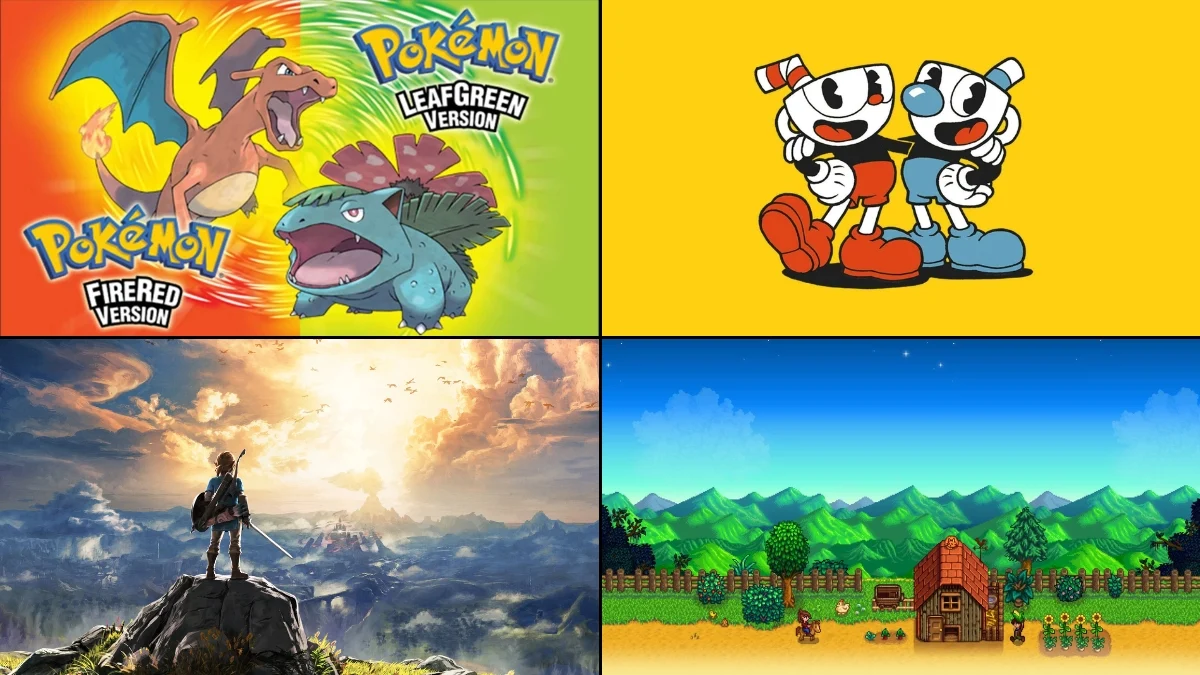
For years, gamers have been creatively challenging themselves with self-imposed rules, transforming typical gameplay into tests of skill, strategy, and self-control. These player-created challenges are usually easy to understand and share, spreading through online communities like forums, wikis, and YouTube. Here are 25 popular examples, explained with simple instructions so you can try them out. Each one details the rules, how to set them up in the game, and the game’s creator.
‘Pokémon FireRed/LeafGreen’ (2004) – Nuzlocke Challenge

The Nuzlocke challenge is a popular way to play Pokémon with stricter rules. The two main rules are: you can only catch the very first Pokémon you find in each new area, and if a Pokémon is defeated in battle, it’s considered gone forever and must be permanently removed from your team. Many players also give their Pokémon nicknames to help them feel more connected and responsible for their well-being. Players usually keep track of their progress by writing things down themselves or using shared online spreadsheets, and it doesn’t require any special game modifications. These rules work well with most of the main Pokémon games, which are created by Game Freak and published by Nintendo and The Pokémon Company.
‘Dark Souls’ (2011) – No-Hit Run
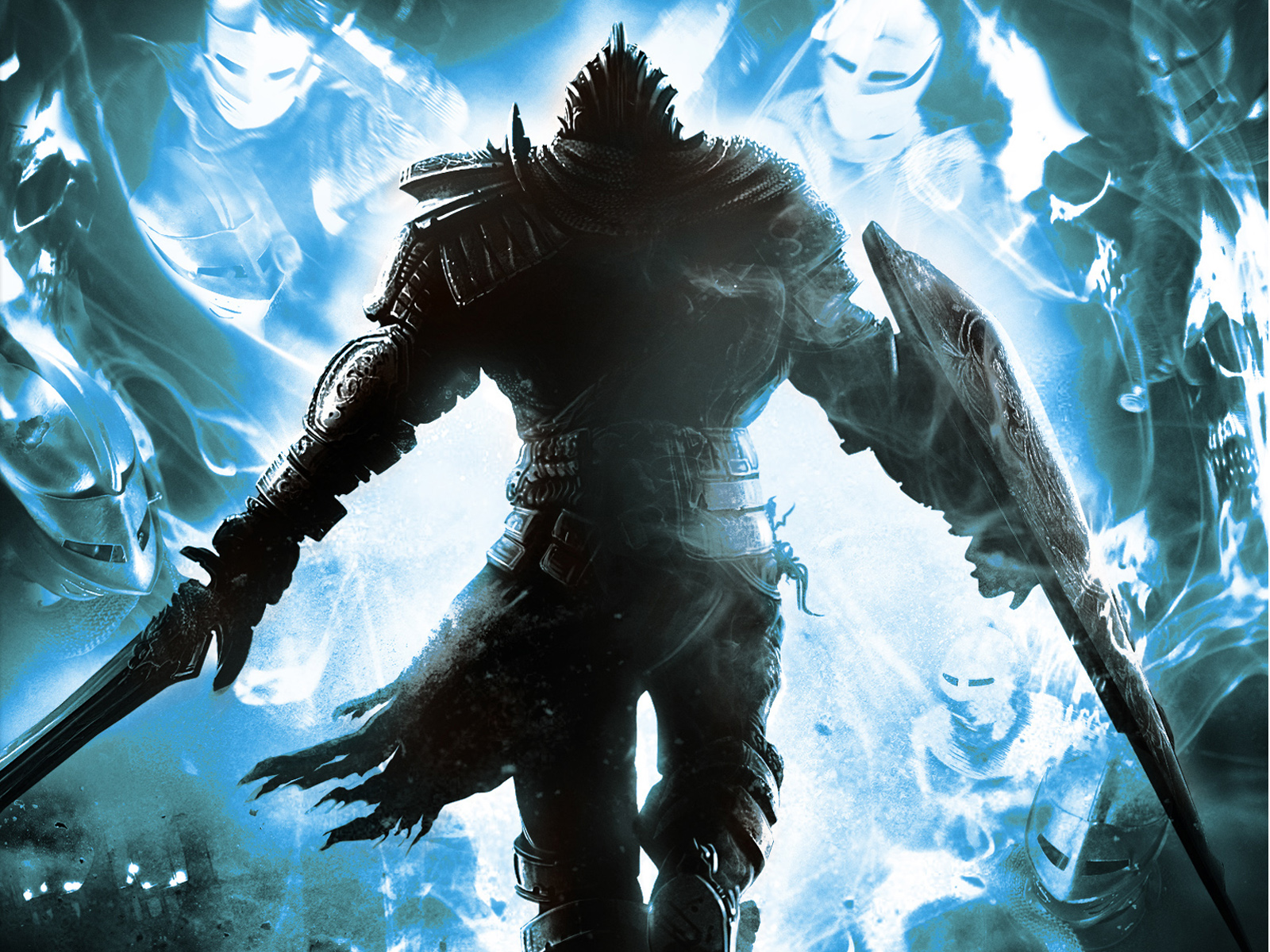
A “No-Hit run” in a video game means completing it without taking any damage at all. If you get hit, you have to start over from the beginning of the game or the current section. Players break down their attempts into segments – usually by boss or area – and use save points, timers, and a planned route to prove they didn’t take damage. Online trackers and video recordings are often used to confirm successful runs. This game was created by FromSoftware and published by Bandai Namco Entertainment.
‘The Legend of Zelda: Breath of the Wild’ (2017) – Three-Heart Run
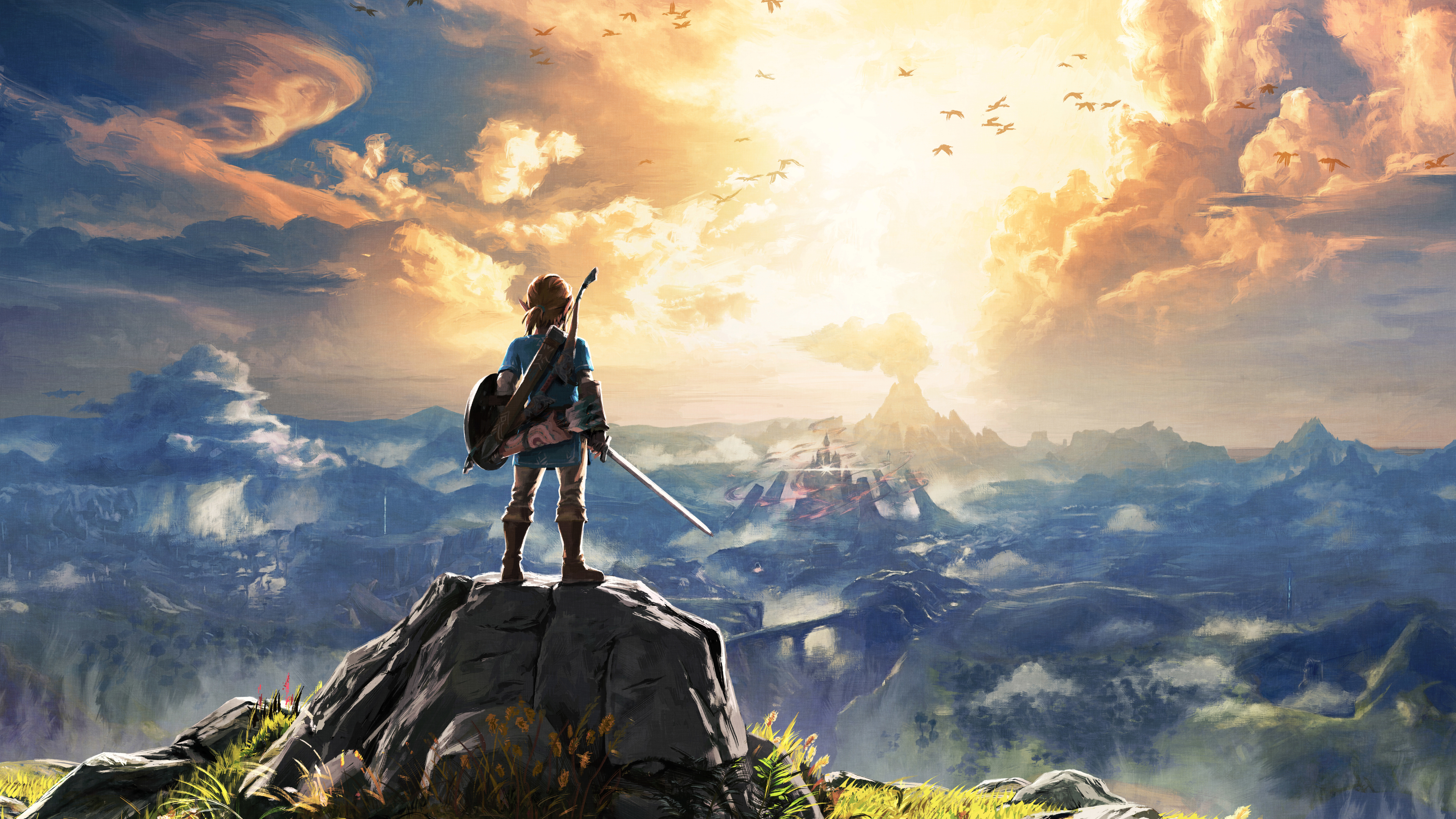
A ‘Three-Heart’ run in the game means players don’t buy extra heart containers with Spirit Orbs, instead using those Orbs for stamina upgrades or saving them. Players often choose to disable map markers and limit fast travel to make navigation more challenging, though this isn’t required. Successfully tackling bosses and later parts of the game relies on upgrading armor and preparing helpful food or elixirs. This particular open-world game was created by Nintendo EPD and published by Nintendo.
‘Minecraft’ (2011) – Hardcore One-Life Survival
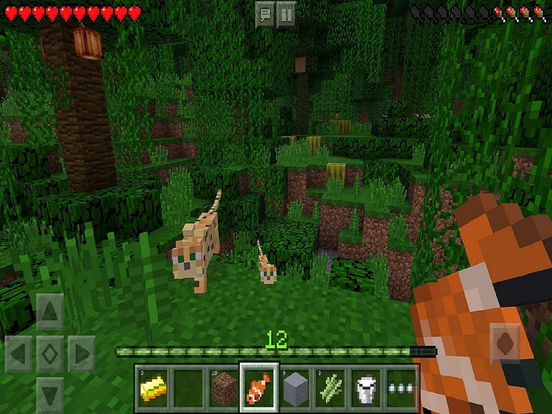
Okay, so Hardcore mode is intense. It basically cranks the difficulty up to the max and adds permadeath – meaning if you mess up and die, your whole world is gone for good, or you can only watch as a ghost. A lot of us like to challenge ourselves by trying to beat the Ender Dragon or finish all the achievements in Hardcore. If you watch streamers, you’ll notice a lot of them share the ‘seed’ they’re using and keep a record of when and how they die, just to be upfront about everything. By the way, the game was made by Mojang Studios and published by Mojang/Microsoft.
‘The Elder Scrolls V: Skyrim’ (2011) – Permadeath Survivalist Run

In “permadeath” mode, when your character dies, the game is over. Players often enhance this by adding features like needing to eat, stay warm, and rest. Quick travel is turned off, forcing you to explore on foot or by horse, and crafting is restricted to prevent exploiting the system. To avoid repeatedly reloading saves to fix mistakes, many players document their journey through in-game diaries and limit themselves to a single save file. This role-playing game was created by Bethesda Game Studios and published by Bethesda Softworks.
‘XCOM 2’ (2016) – Ironman Legendary Campaign
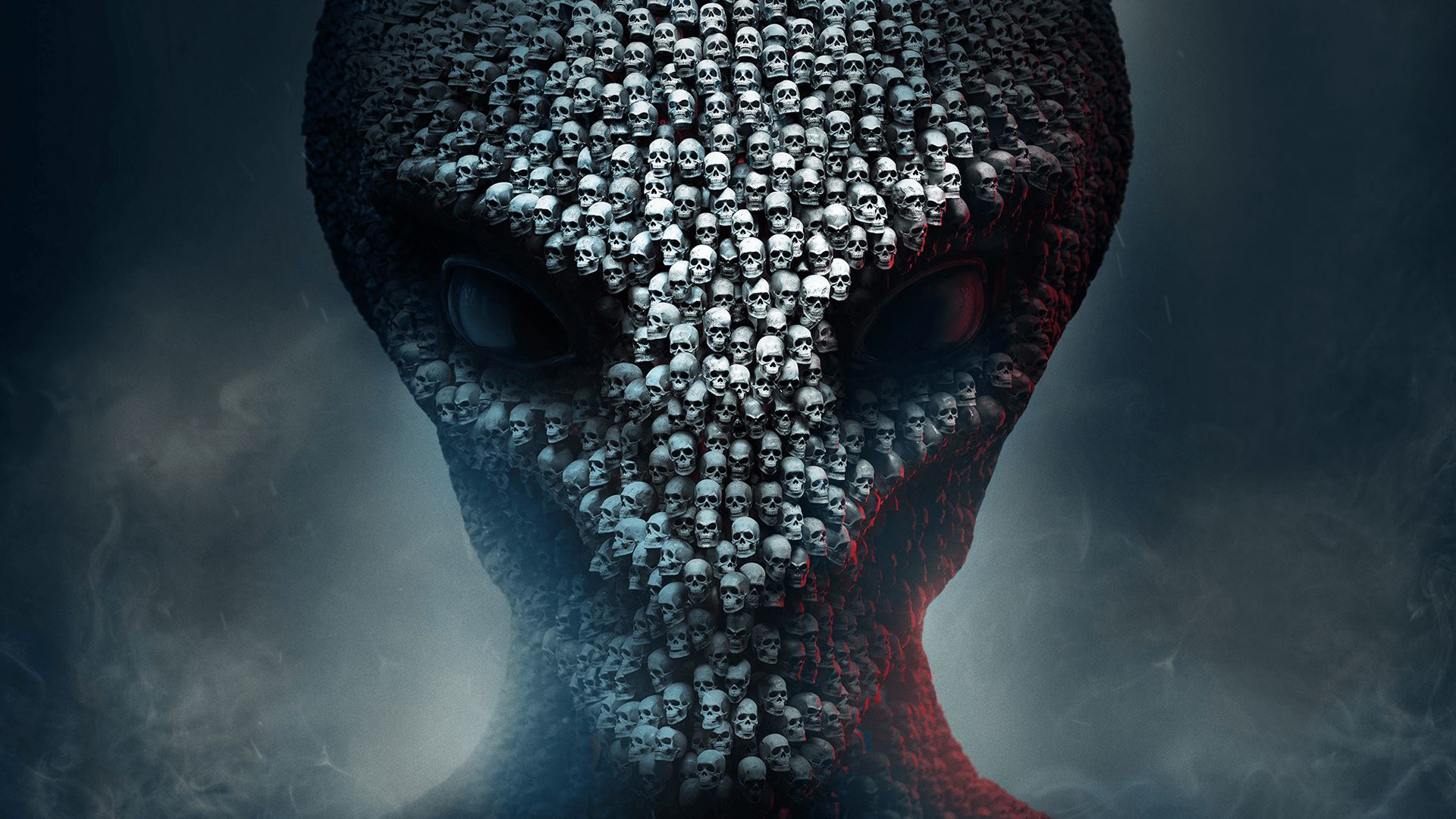
As a huge fan of challenging gameplay, I love the Ironman mode! It forces you to really think through your decisions because you can’t just reload an old save if things go wrong. And if you’re looking for the ultimate test, Legendary mode cranks up the difficulty to eleven! Most of us in the community play by a strict set of rules too – no restarting missions, and if your squad gets wiped, it’s a ‘run over’ – meaning you accept the loss and move on. To keep things honest, we share after-action reports and check cloud save timestamps to make sure no one’s cheating. This awesome tactics game was created by Firaxis Games and published by 2K.
‘Hitman 3’ (2021) – Suit Only Silent Assassin

This challenge involves completing missions flawlessly – meaning no discovered bodies, no unintended casualties, and a perfect stealth score – all while using only the standard suit. Players succeed by carefully planning their routes, using distractions, and timing their exits. Some players add extra difficulty by choosing to complete missions with no equipment or without knocking anyone out. Community-created contracts and videos offer examples of how others have tackled these challenges in different locations. The game was created and published by IO Interactive.
‘Resident Evil 4’ (2005) – Knife Only Run

As a fan, I’ve been following the ‘A Knife Only’ runs of Resident Evil 4, and it’s seriously impressive! Basically, you can only use Leon’s knife for attacking – no guns or grenades unless the game forces you to for a puzzle or a cutscene. Ammo just sits there, unused. It makes the whole game about perfectly timing your dodges, getting into the right position, and using those invincibility frames. Because it’s so strict, runners will often keep detailed notes and even record exceptions just to prove they followed all the rules. It’s all thanks to Capcom, who both created and published the game!
‘Cuphead’ (2017) – No-Damage S-Rank Run

Players challenge themselves to defeat every boss flawlessly – earning the highest rank without getting hit, meeting time limits, and fulfilling specific requirements for parries or attacks, all on the designated difficulty level. To fairly compare achievements, the community shares successful combinations of cards and weapons used for each boss. Evidence of these perfect runs is typically provided through video recordings showing the final grade screen. This fast-paced action game was created and published by Studio MDHR.
‘Hollow Knight’ (2017) – Low% Completion
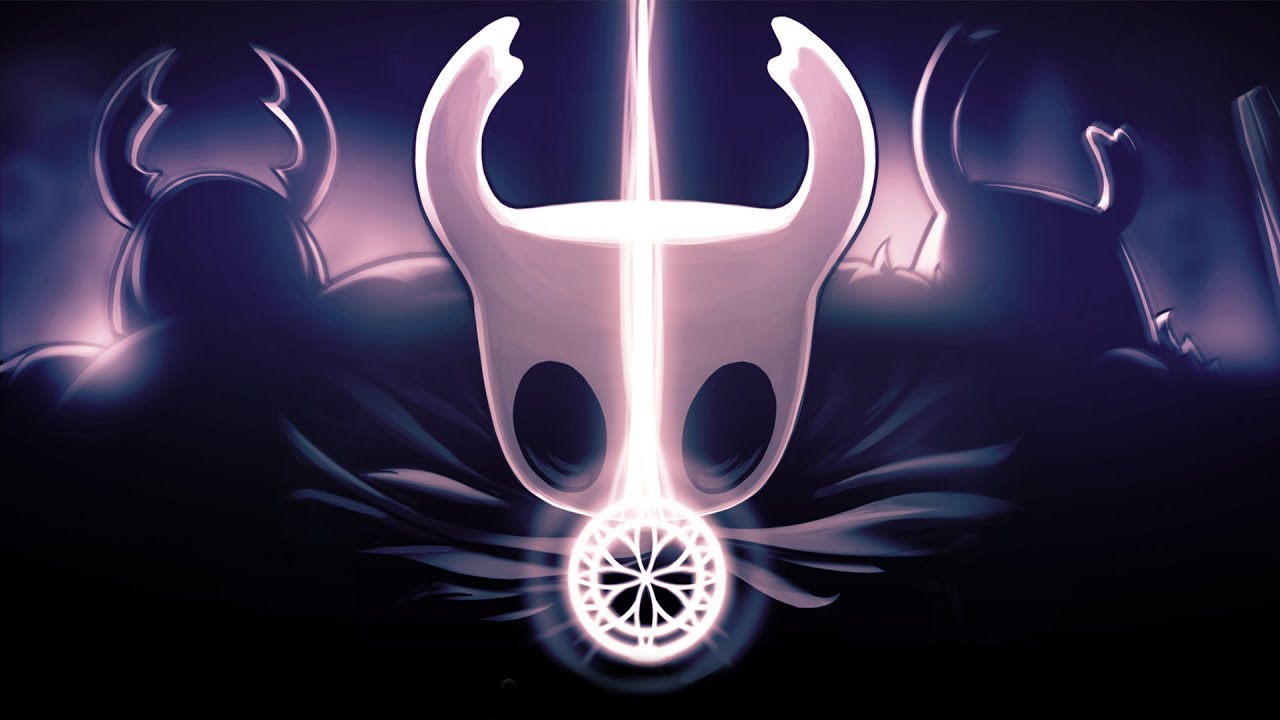
Low% speedrunning in this Metroidvania, developed and self-published by Team Cherry, means completing the game with as few item pickups and upgrades as possible, sticking to the minimum required by the community. Players avoid advanced movement techniques and optional charms unless they’re absolutely necessary to reach the final boss. Official leaderboards and checks of save files verify the accuracy of item counts.
‘The Witcher 3: Wild Hunt’ (2015) – Death March Starter Gear Only
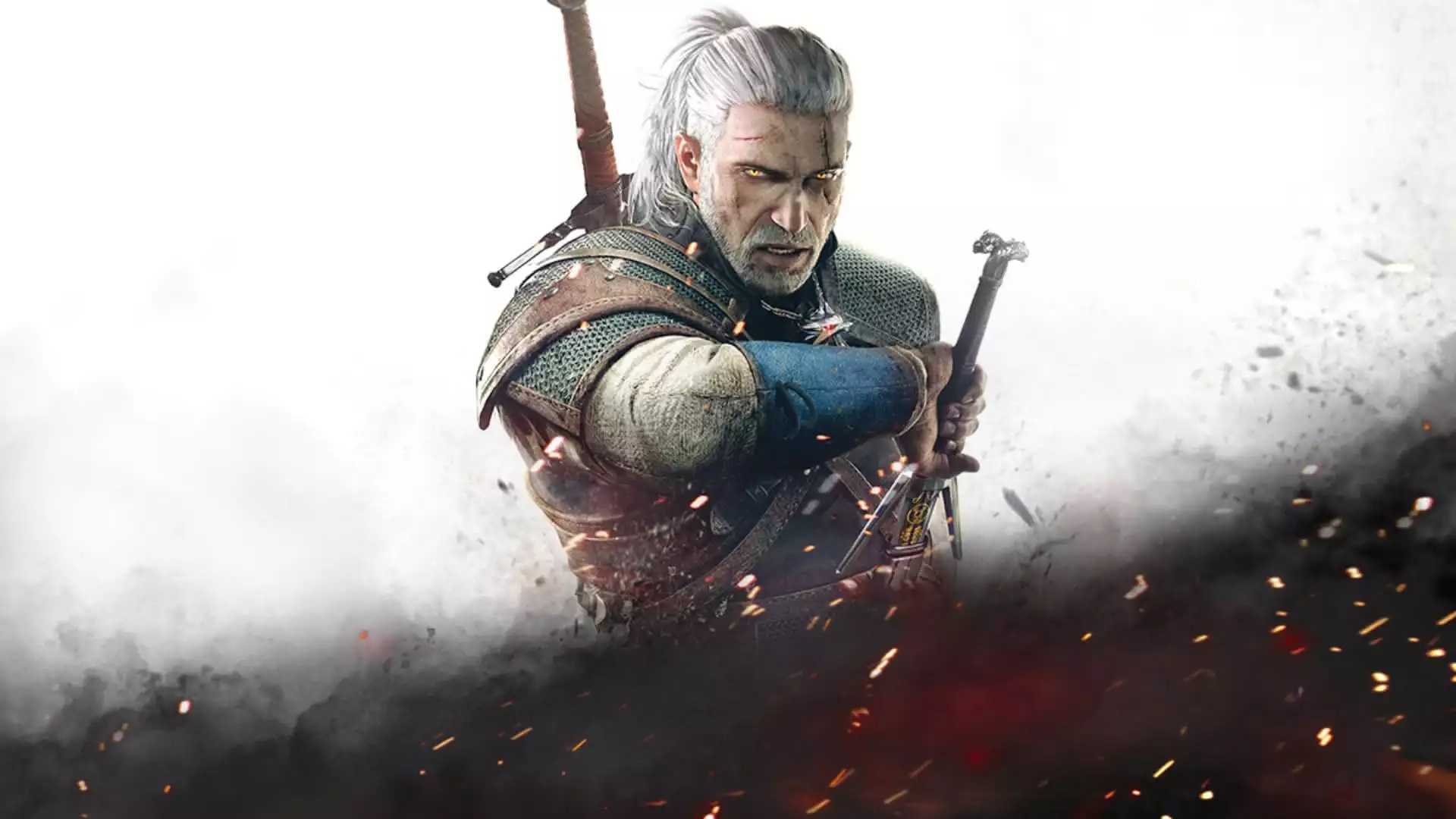
This challenge is extremely difficult. Players can only use the starting armor and basic steel/silver swords, and while repairs are allowed, they can’t upgrade their equipment. Using oils, potions, and signs is permitted, but crafting new armor or using special relic swords is not. Players need to submit screenshots of their inventory and upgrade history to prove they’ve completed the challenge. The game was created and published by CD Projekt Red.
‘Undertale’ (2015) – True Pacifist No Kill, No Grind

To achieve the True Pacifist ending, you must spare every enemy, build relationships with important characters, and avoid gaining experience points. A popular version of this route skips the repetitive grinding for items. The game checks your level throughout to make sure it stays at 1 until the very end, and specific dialogue choices are needed to unlock the correct conclusion. The game was created and released independently by Toby Fox.
‘Fallout: New Vegas’ (2010) – Pacifist Courier Run
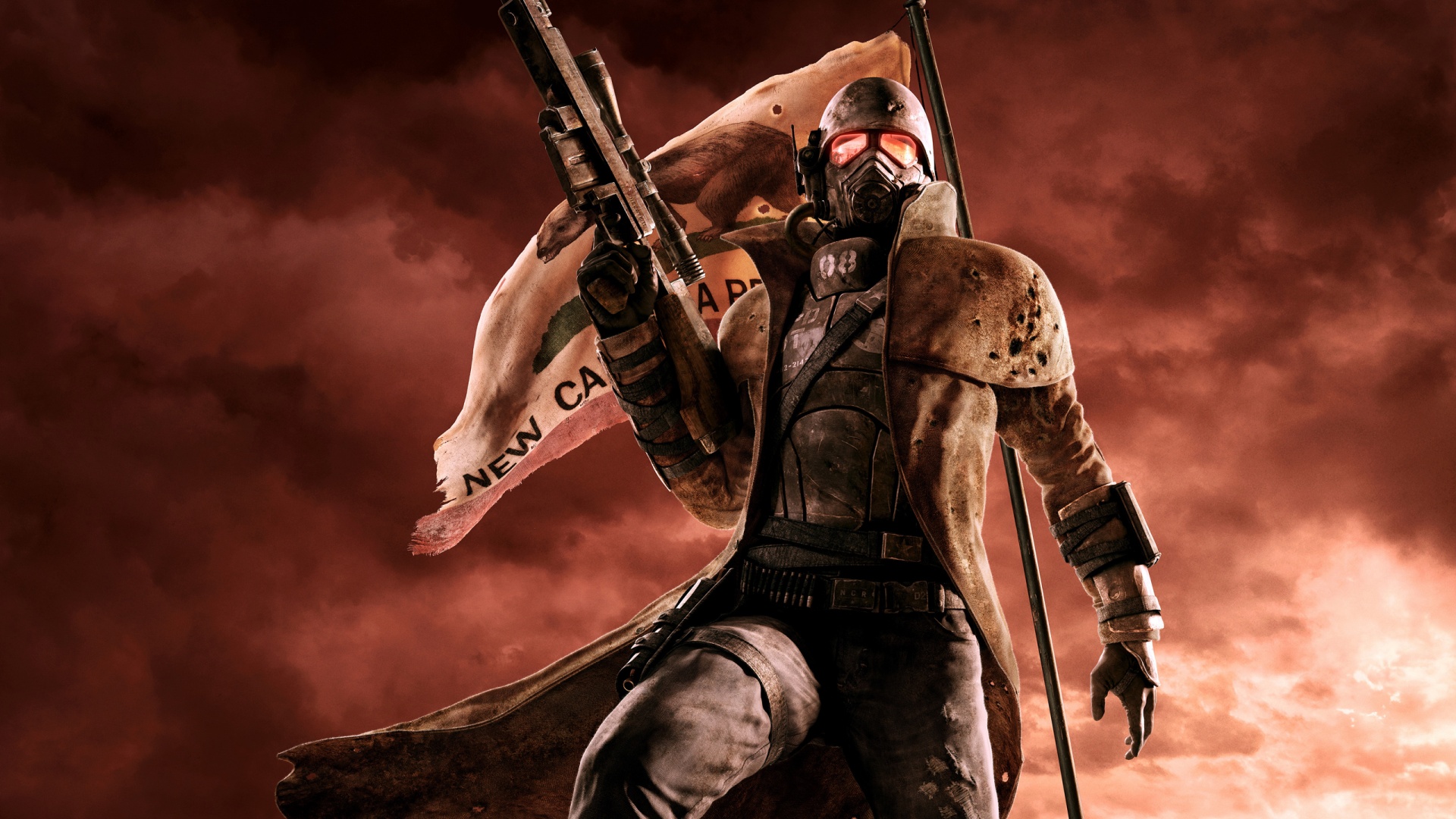
I’m doing a playthrough where I’m trying to finish the main story and as many side quests as I can, but with a twist! I’m roleplaying as a Courier who avoids directly killing anyone or anything. It’s a fun challenge! Instead of fighting, I’m focusing on talking my way out of situations, letting my companions do the fighting, sneaking around, and carefully choosing which quests to do in what order to avoid bloodshed. I’m keeping a close eye on my kill count and how my companions are behaving to make sure I don’t land the final blow on anything. It’s a really cool way to experience this RPG, which, by the way, was made by Obsidian Entertainment and published by Bethesda Softworks.
‘Celeste’ (2018) – Golden Strawberry No-Death
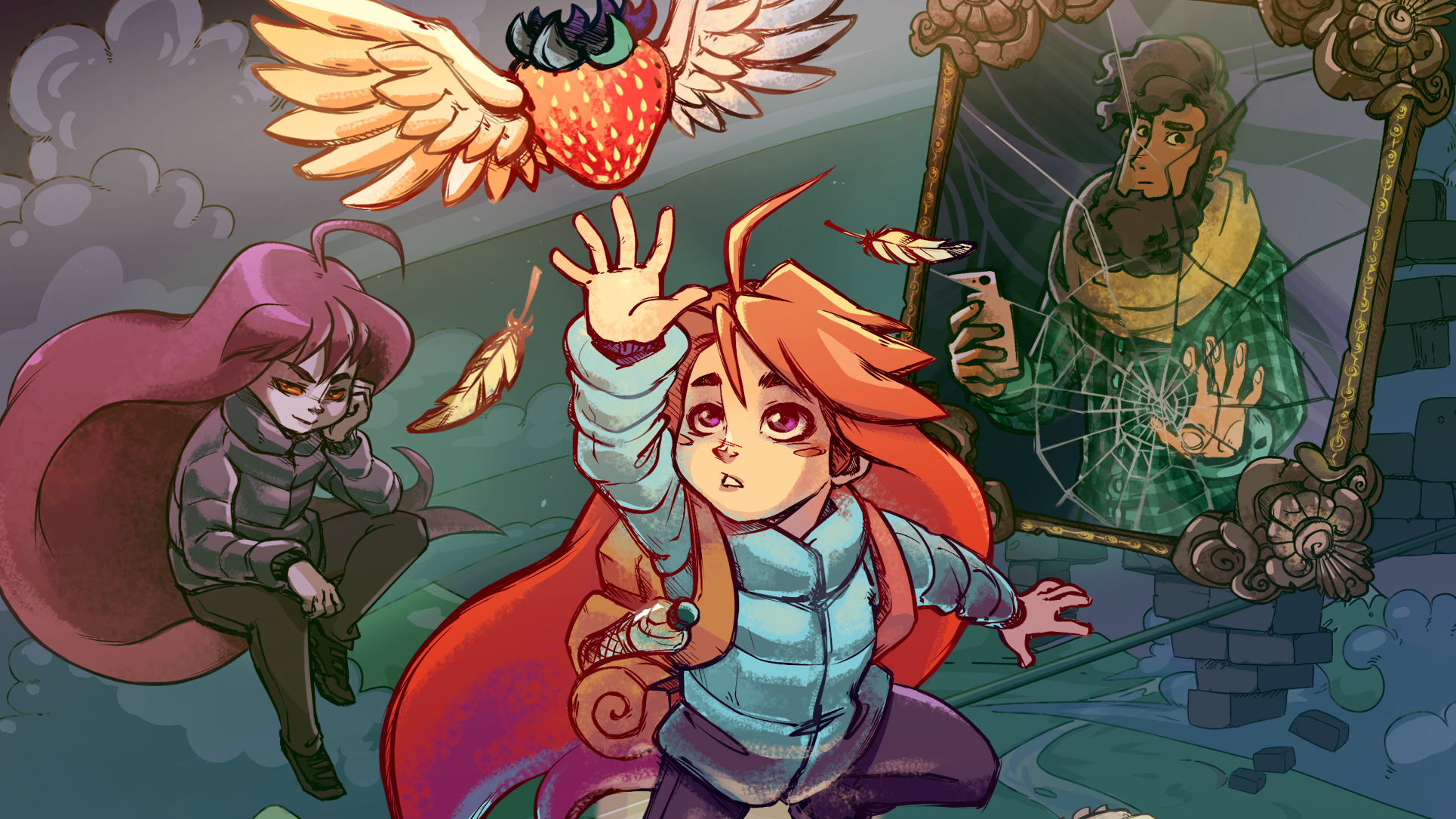
To get a Golden Strawberry, you need to finish an entire chapter without losing a life – any deaths will make you start over. Players aiming for a complete collection usually finish all the main levels (B-sides) and bonus levels (C-sides) with a Golden Strawberry. Proof of completion is often shared through screenshots of the final pickup screen. The game was created by Extremely OK Games and published by Matt Makes Games and EXOK.
‘Monster Hunter: World’ (2018) – Naked (No Armor) Hunts
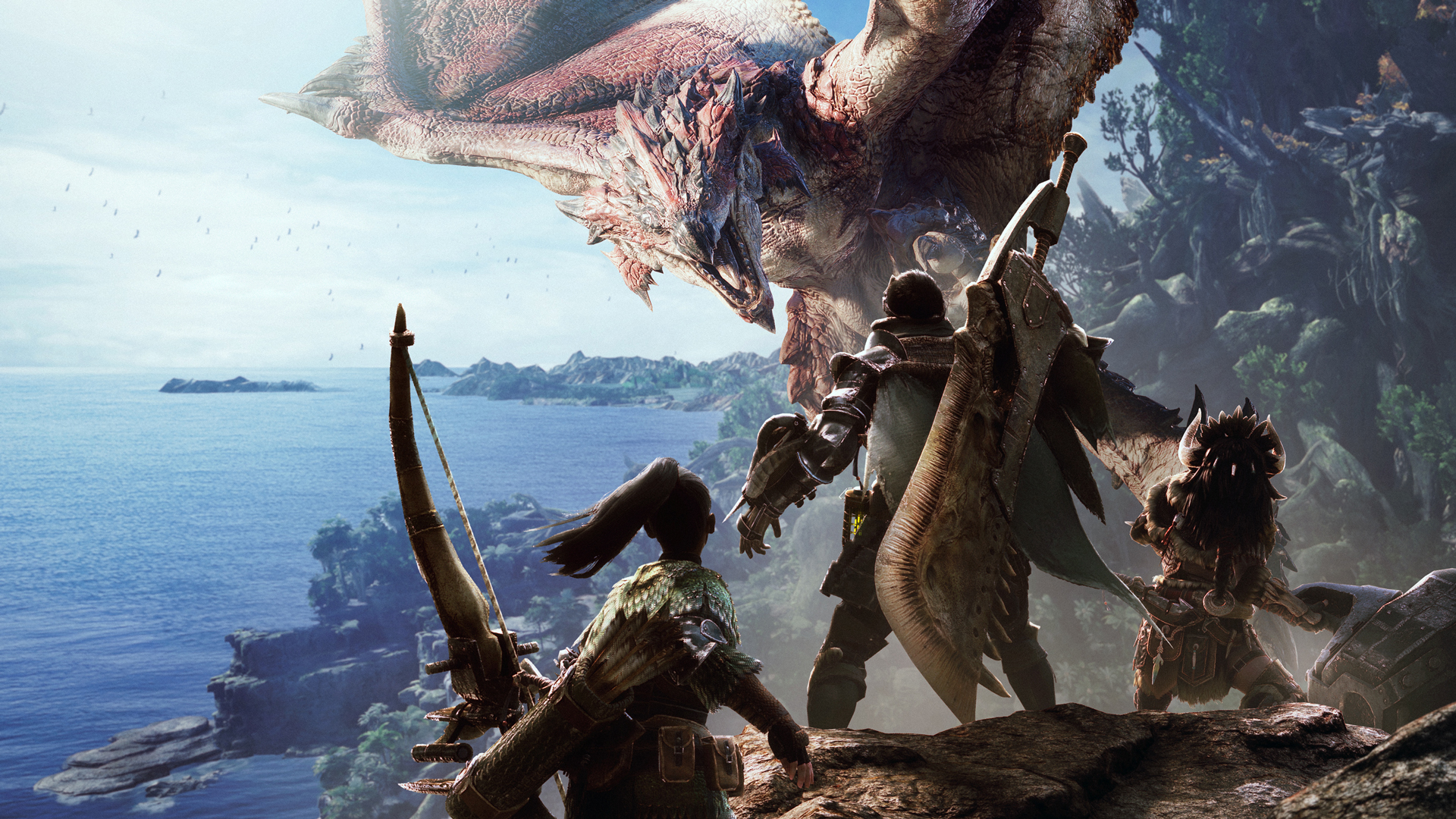
Hunters participate in challenges where they use only a weapon – all armor, charms, and defensive decorations are removed. They take on difficult monsters within a set time limit, and their success rate is measured by tracking how often they complete the hunt. To verify completions, players typically submit screenshots of their pre-hunt setup and the reward screen. This game is created and distributed by Capcom.
‘Diablo II: Resurrected’ (2021) – SSF HC (Solo Self-Found Hardcore)

As a Diablo II fan, I’m really into the ‘Solo Self-Found’ challenge mode. It’s all about playing completely on your own, no trading or grouping allowed! And if you’re playing Hardcore, one death means your character is gone for good – it’s super intense. To make things even harder, everything you find has to drop during that single run. We also have a rule against ‘twinking’ – using other characters to stock up on items – to keep the item drops fair and random. People prove they’ve completed these challenges by sharing their ladder rankings and screenshots of big moments. For those who don’t know, Blizzard Entertainment and Vicarious Visions teamed up to create this awesome remaster, and Blizzard published it.
‘Grand Theft Auto V’ (2013) – No HUD, First-Person Only Story Run
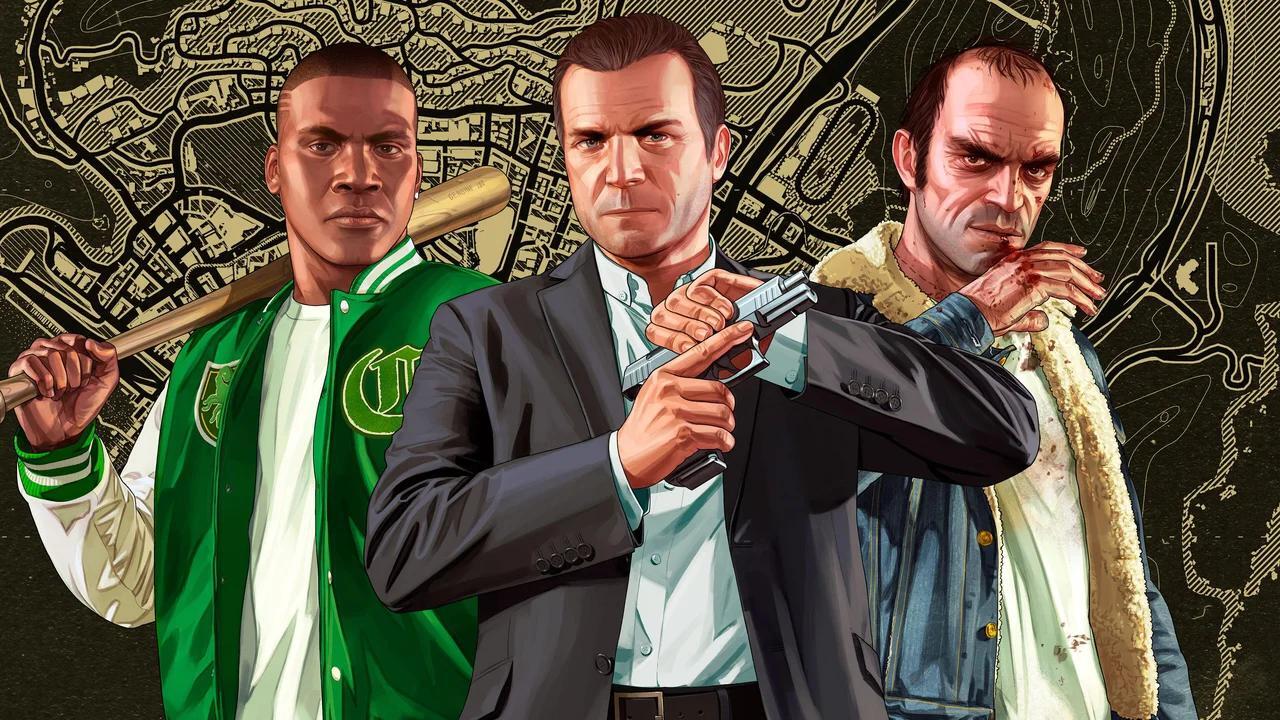
This challenge removes the on-screen display, minimap, and aiming help, and forces a first-person perspective throughout the game, including missions and free driving. Players must find their way using landmarks, radio messages, and signs within the game world. To prove completion, players usually submit a recording showing both the game settings and a completed mission screen. The game was created by Rockstar North and published by Rockstar Games.
‘Red Dead Redemption 2’ (2018) – Max Honor, No Fast Travel
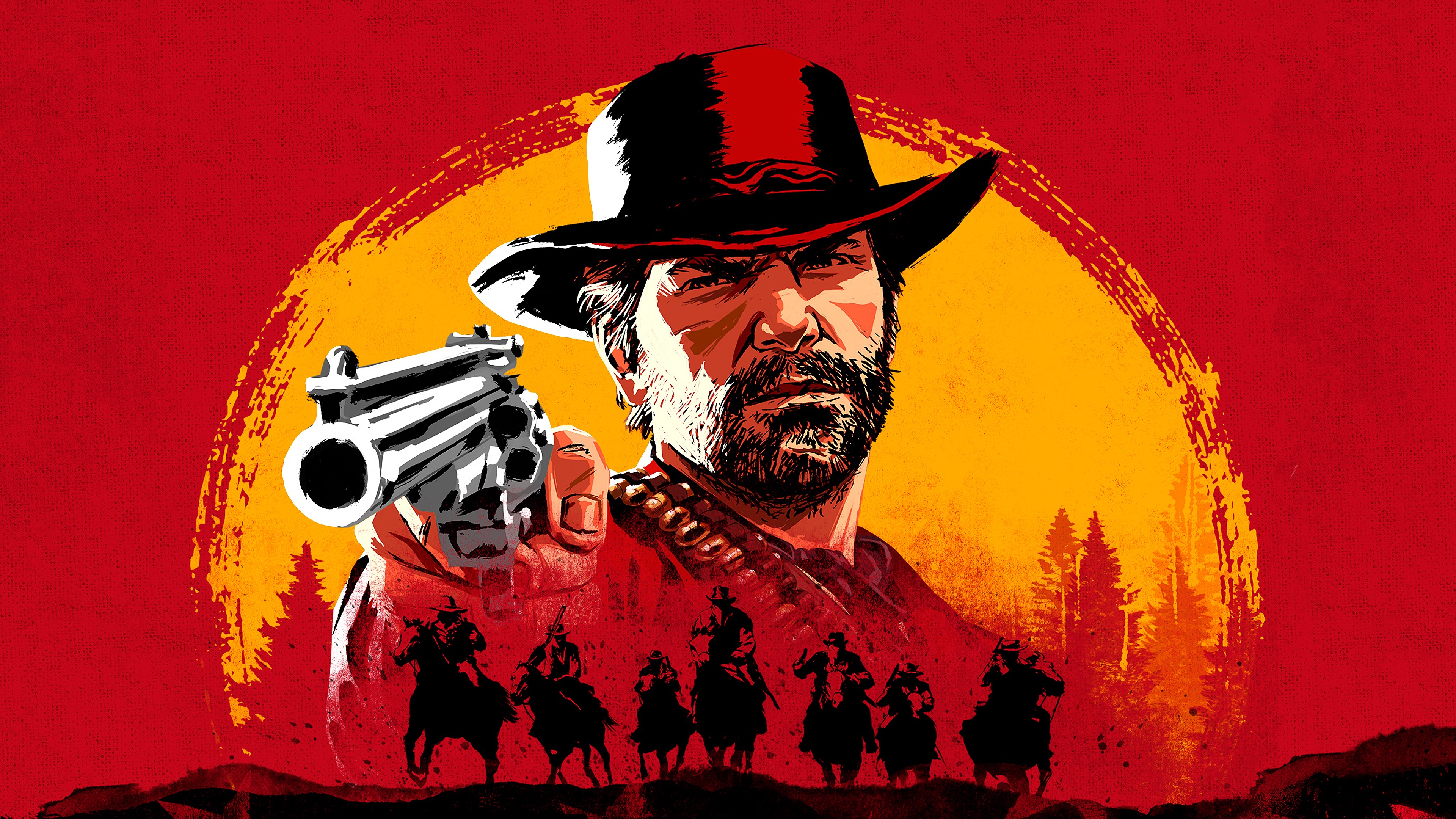
Players experience the story by playing with perfect Honor and avoiding all forms of fast travel, such as using camps or stagecoaches. They earn money and improve their camp only through honest means, focusing on donations to keep their Honor high. Detailed travel logs are kept to prove they followed these rules. Rockstar Games created and released this game.
‘The Elder Scrolls III: Morrowind’ (2002) – No Map Marker Pilgrim Run
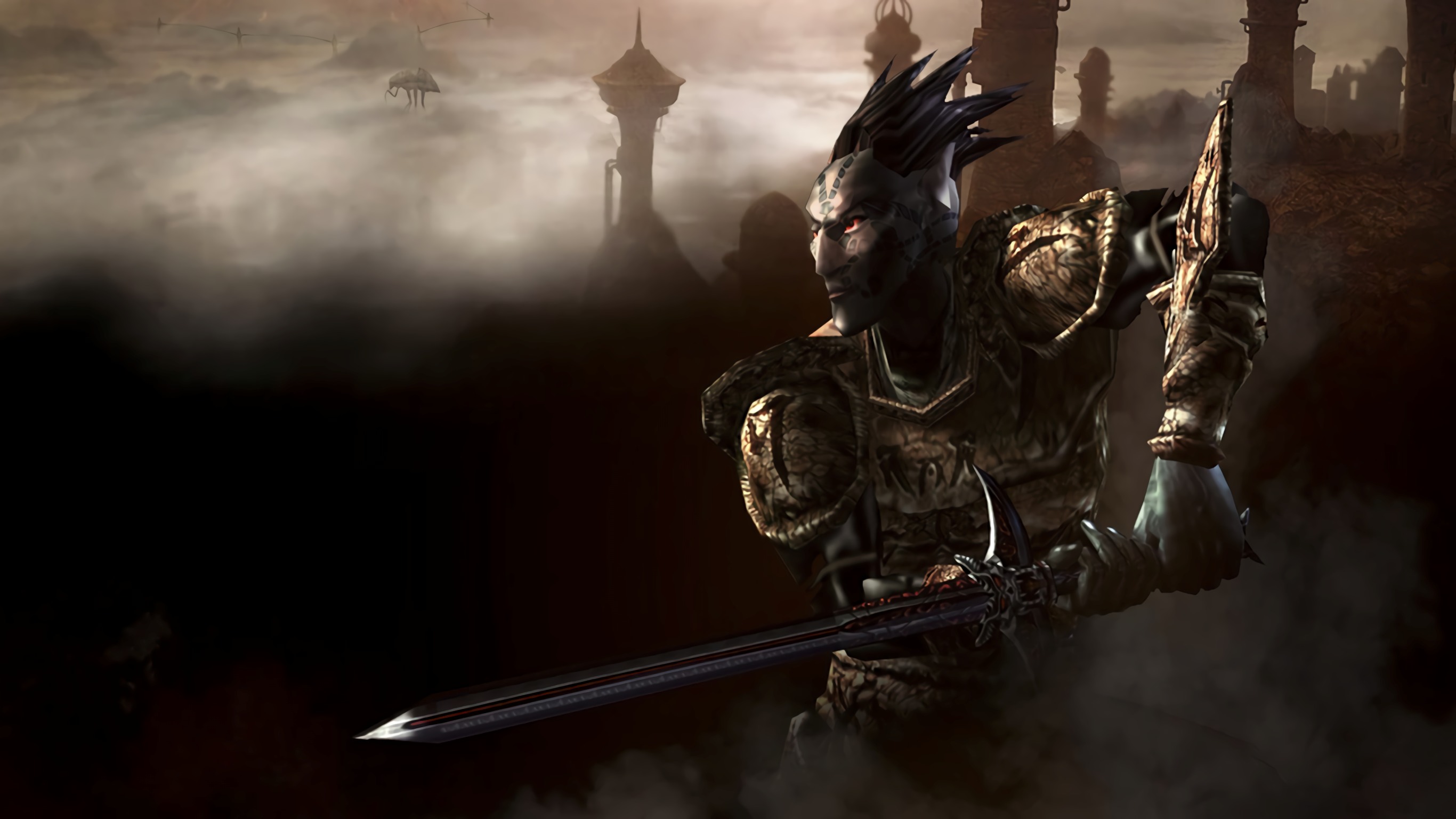
This version of the game removes map markers and quick travel, forcing players to navigate using conversations with characters, road signs, and recognizable locations. Players commonly avoid using spells like Recall or Mark to maintain the challenge of finding their way. They also rely solely on journal entries to ensure they’re following the clues as originally intended. The game was created by Bethesda Game Studios and published by Bethesda Softworks.
‘Super Mario 64’ (1996) – 120-Star No-Reset Marathon

A No-Reset marathon in this game means collecting all 120 stars in a single playthrough, without restarting if you make a mistake. Players use both the in-game timer and external timing tools to track their progress, and aren’t allowed to use save states. Proof of completion is provided through screenshots and a final count of collected stars. The game was created and published by Nintendo.
‘Darkest Dungeon’ (2016) – Torchless (Pitch Black) Campaign
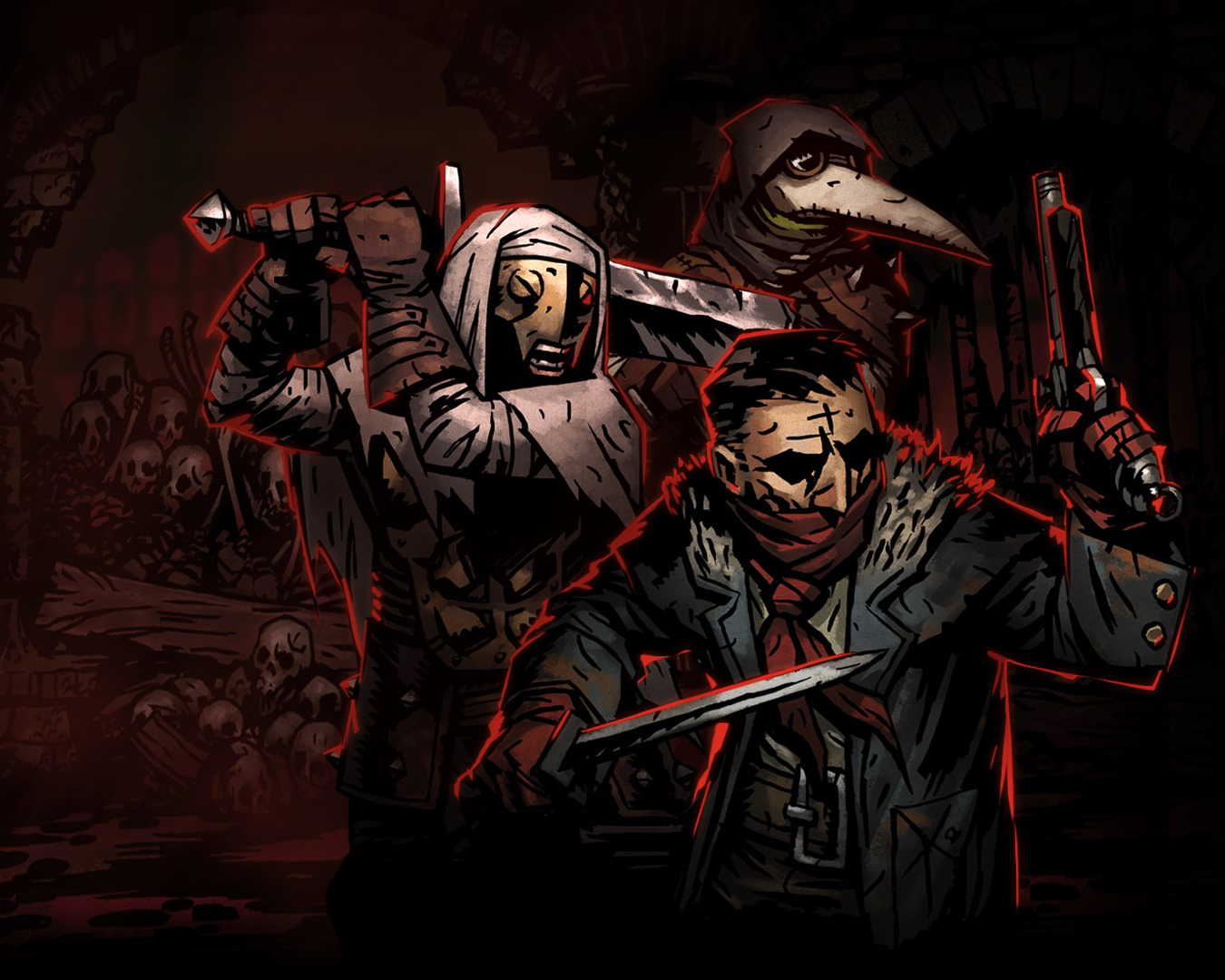
Torchless runs, where you play without using torches, create a more challenging experience with increased stress, critical hits, and the chance of ambushes. Skilled players aim to complete the game and its toughest bosses with as few character deaths as possible. Popular rulesets often prevent players from repeatedly retreating from combat and require them to stick to a limited budget for supplies during each adventure. Players often share screenshots of their estate and death logs as evidence of their accomplishments. The game was created by Red Hook Studios and initially released in early access through a partnership with Red Hook and Klei Entertainment.
‘Path of Exile’ (2013) – Solo Self-Found Hardcore League
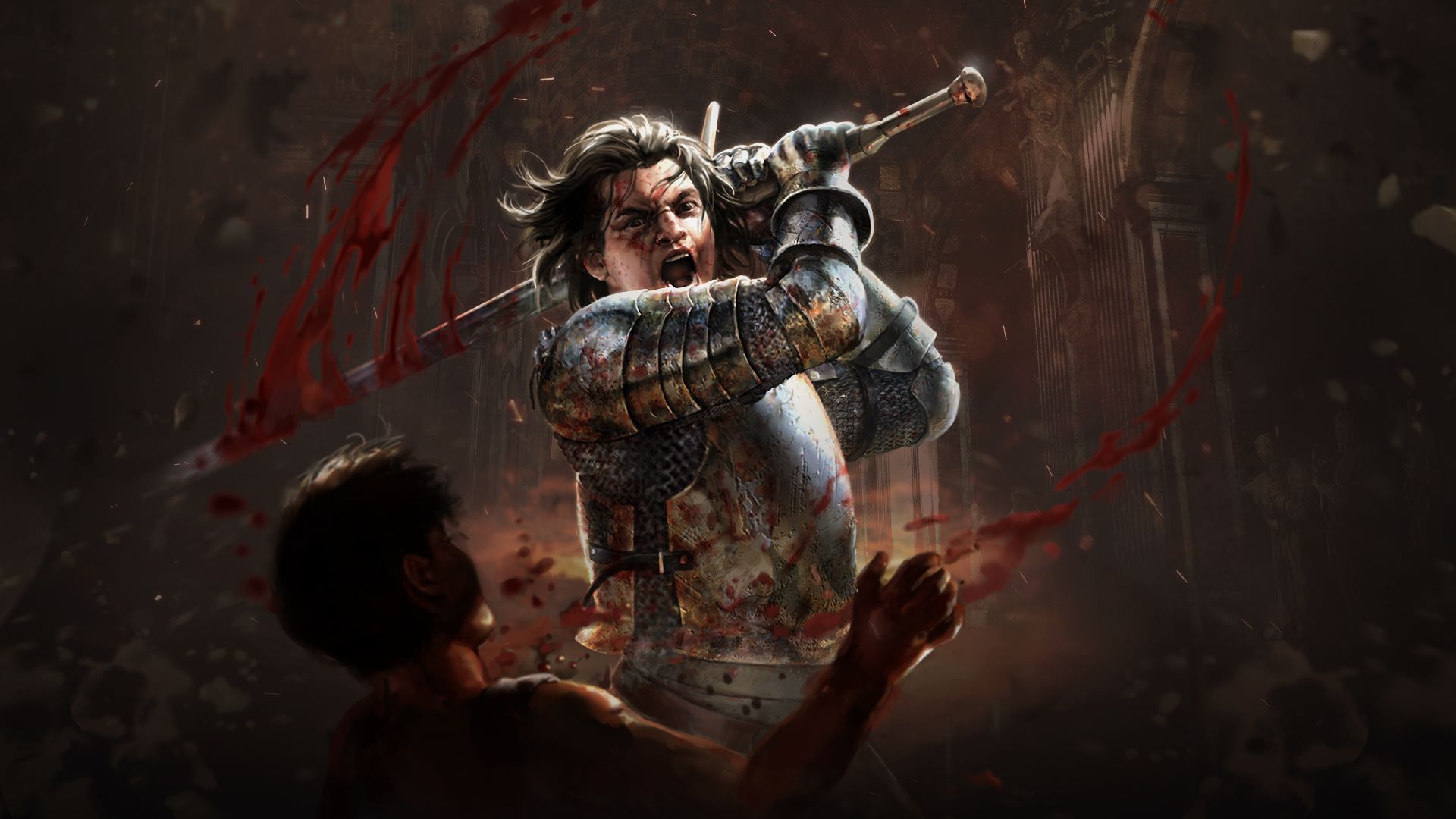
Self-Sufficiency (SSF) Hardcore (HC) challenges players to progress without trading or group play, and characters are permanently deleted upon death. All valuable items, crafting materials, and unique gear must be obtained through personal drops. Players often share their item storage and character details publicly for accountability. These rules combine the official seasonal guidelines set by the game developer with the stricter limitations of the SSF community. The game itself was created and published by Grinding Gear Games.
‘Stardew Valley’ (2016) – Year-One Community Center Completion
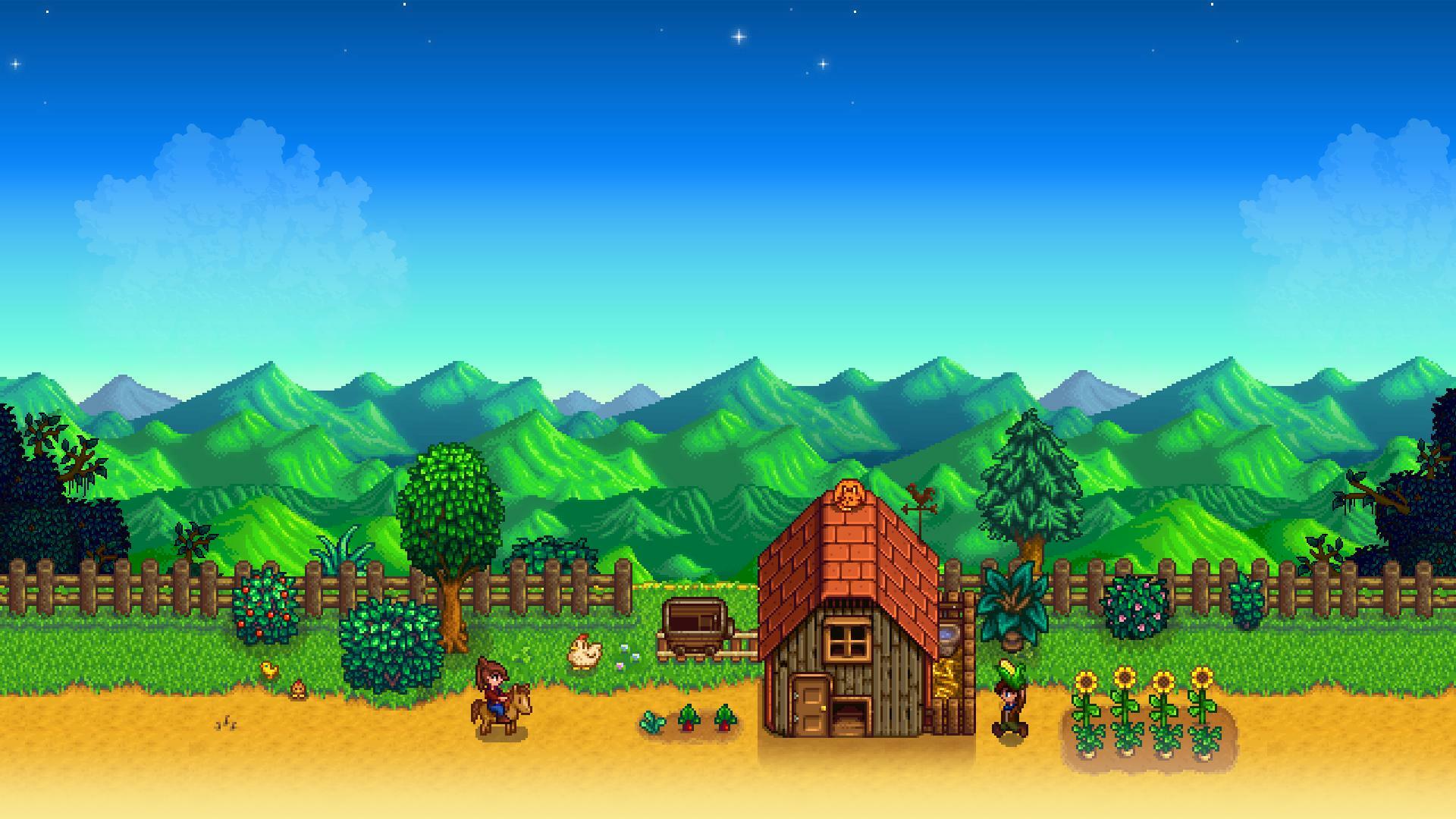
This achievement involves finishing all the Community Center bundles before Year 2 Spring, which means carefully planning your crops based on the seasons and upgrading your tools quickly. Many players choose not to use the JojaMart route because it makes completing the bundles optional. To help with this, players often use shared online spreadsheets to keep track of needed items, good fishing days, and when festivals are happening. The game was created and initially published on PC by ConcernedApe, with Chucklefish later assisting with publishing.
‘Baldur’s Gate 3’ (2023) – Honour Mode No Long Rest

Honour Mode in this game limits you to a single save file and features more challenging boss battles. A popular community-created rule adds an extra layer of difficulty by preventing the use of Long Rests, forcing players to carefully manage their healing items and camp supplies. Successful parties focus on abilities that don’t rely heavily on resources and prioritize controlling the battlefield. Players who complete this challenge typically share a summary of their Honour Mode run, along with their final adventure statistics. This role-playing game was created and published by Larian Studios.
‘Metal Gear Solid V: The Phantom Pain’ (2015) – Non-Lethal, No Alerts, Perfect Stealth
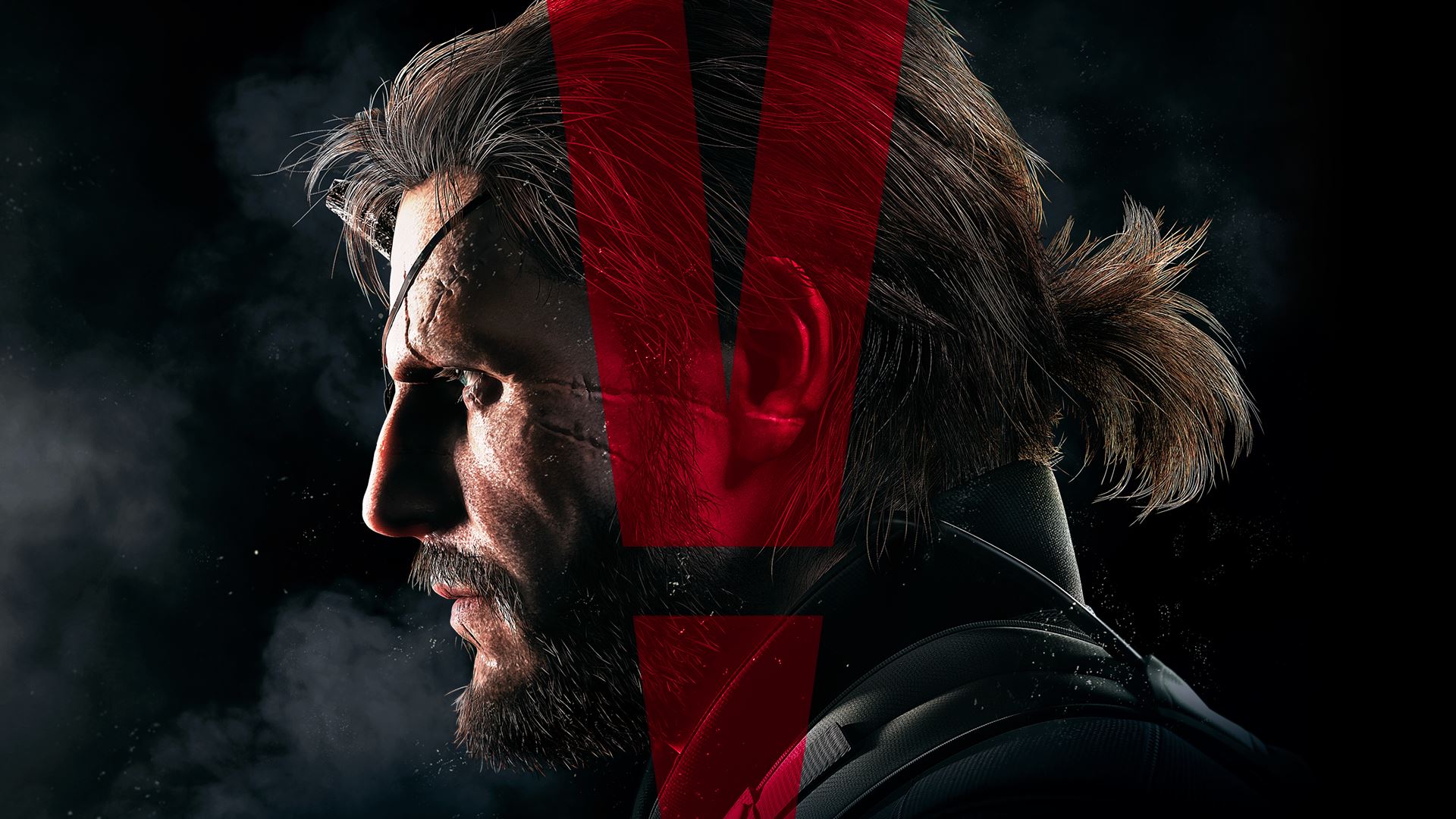
This challenge focuses on completing missions without killing anyone or triggering any combat alerts, aiming for a Perfect Stealth rank whenever possible. Players are encouraged to use non-lethal tools like tranquilizers and stun devices, along with camouflage. Players can also choose to disable features like reflex mode and support strikes for an added difficulty. Your performance is shown in the post-mission report and through equipment screenshots. The game was created by Kojima Productions and published by Konami.
Tell us about a community challenge you’ve already done, or one you’re excited to try soon, in the comments below!
Read More
- Broadcom’s Quiet Challenge to Nvidia’s AI Empire
- Trump Ends Shutdown-And the Drama! 🎭💸 (Spoiler: No One Wins)
- METH PREDICTION. METH cryptocurrency
- How to Do Sculptor Without a Future in KCD2 – Get 3 Sculptor’s Things
- South Korea’s KRW1 Stablecoin Shocks the Financial World: A Game-Changer?
- Gold Rate Forecast
- Pi Network: The Price Stabilizes… Or Is It Just a Trick of the Light? 🧙♂️💰
- Norwood Sells Big Chunk of Driven Brands Stake
- 🚀 Blockchain Goes Chic: Dusk & NPEX Bring European Securities to the Crypto Soiree! 🥂
- XRP ETF Smashes Records… But Why? 🚀💰
2025-11-19 07:49